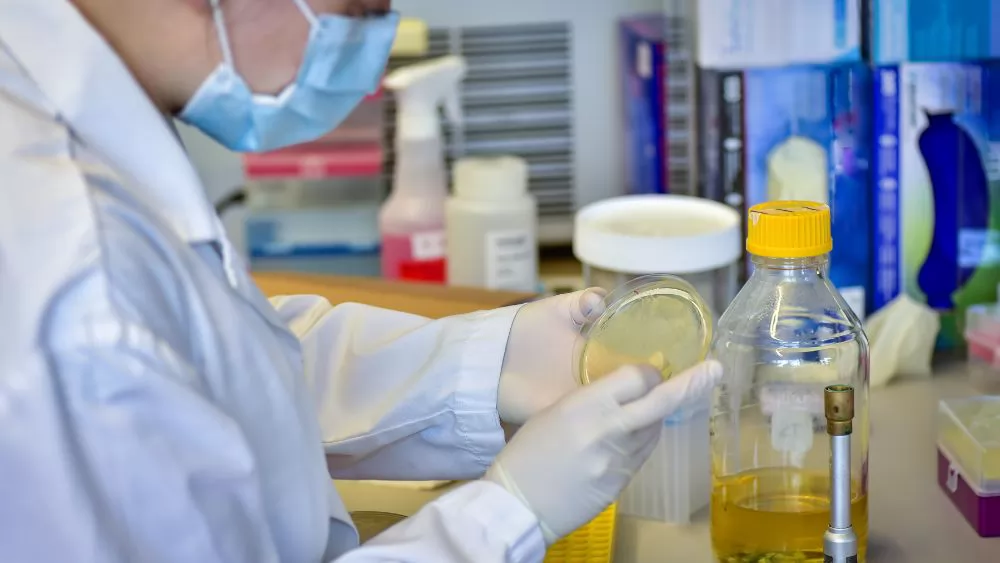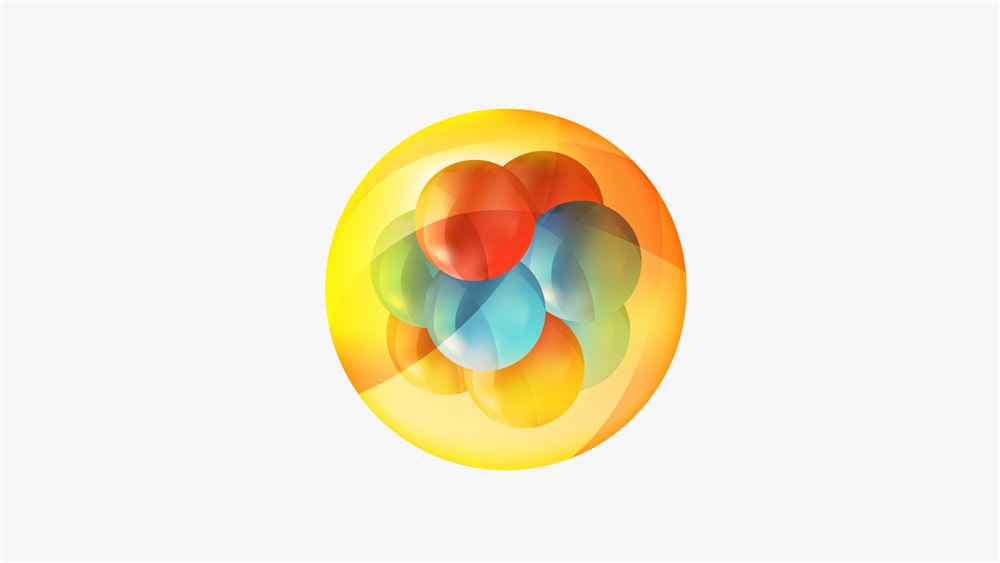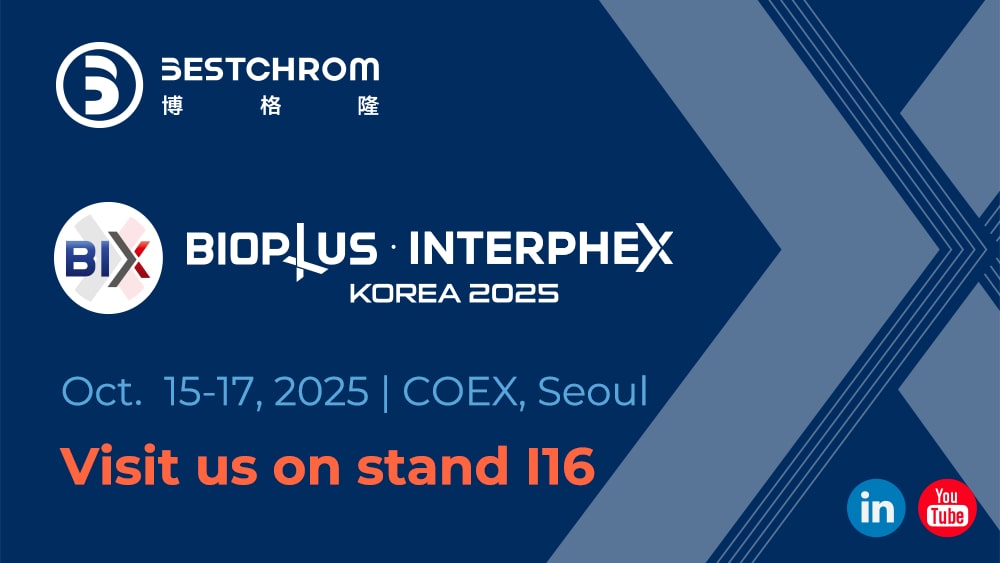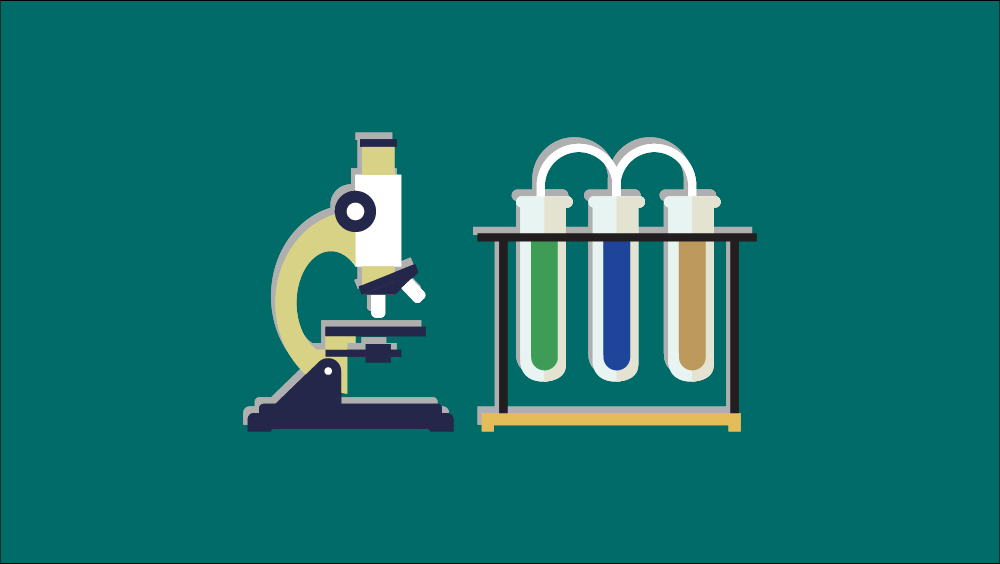What is plasmid purification: basic content explained

Plasmid is loop superhelix double strand DNA, which is able to replicate and inherit in host cells independent of chromosomes. Besides, the plasmid can act as gene vector once coupled with foreign DNA via genetic engineering, before entering into host cells.
As the mRNA drugs, cell, and gene therapy develop, the plasmid is now acting as one of the most significant tools in biopharmaceutical applications, including cloning, expanding, and expression target proteins as well as viral vector and mRNA production.
Flow chart of plasmid production
Plasmids consist of various topology structure, including supercoiled plasmids, open circular plasmids and linear plasmids. Among which supercoiled plasmid is most active due to its excellent performance in transfection and expression efficiency, while other plasmid content needs to be strictly limited in the finished products.
The whole production process covers steps including fermentation culture, lysis neutralization, ultrafiltration concentration, chromatographic purification, concentration & buffer exchange as well as filtration & sterilization. Among which, stable and robust chromatography technique is indispensable in the successful scale-up of high purity supercoiled plasmid DNA (scDNA).
Three-step method for plasmid purification
Size exclusion chromatography(SEC) resin: Bestarose 6FF
Plasmid DNA and RNA possess great disparity in molecular weight, which means SEC resin can be used for the initial separation.
Target: Remove majority amount of RNA(supercoiled plasmids purity is around 80%, yield >90%). Meanwhile, exchange buffer solution to facilitate the next affinity chromatography resin purification step.
Plasmid Cap Bestarose HP/Plasmid Cap Mustang
Affinity chromatography resin: Plasmid Cap Bestarose HP/Plasmid Cap Mustang
Target: Remove open circular DNA, to efficiently separate supercoiled plasmid(supercoiled plasmid(sc DNA) purity is around 95%, yield >80%).
Diamond Q Mustang/BestPoly 30Q
Anion exchange chromatography resin : Diamond Q Mustang/BestPoly 30Q
Target: remove the endotoxin residue and trace impurity with the high resolution of resin.
Conclusion
The three-step technique has been proved to be an efficient, stable and programmable purification method for plasmid with great practicability. As the technique persistently innovates and develops, new resin options with optimized performance have emerged. For example, Diamond Layer 700 resin, combining SEC function and anion exchange property, employs flow-through mode in purification process and therefore enjoys high throughput.
When combining with thiophilic affinity chromatography and hydrophobic chromatography resin, it can be used for the optimized two-step purification method, dramatically boosting productivity as a result.









.png)


